UT Austin team devises new strategy for safe, low-cost, all-solid-state rechargeable Na or Li batteries suited for EVs
Green Car Congress
DECEMBER 13, 2016
John Goodenough, known around the world for his pioneering work that led to the invention of the rechargeable lithium-ion battery, have devised a new strategy for a safe, low-cost, all-solid-state rechargeable sodium or lithium battery cell that has the required energy density and cycle life for a battery that powers an all-electric road vehicle.



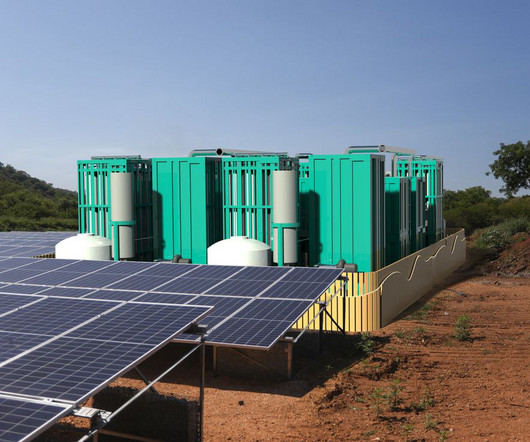


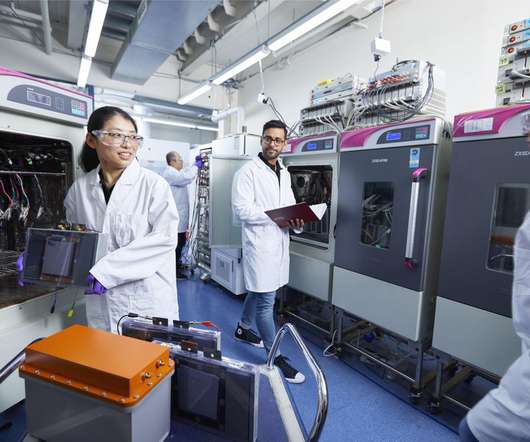
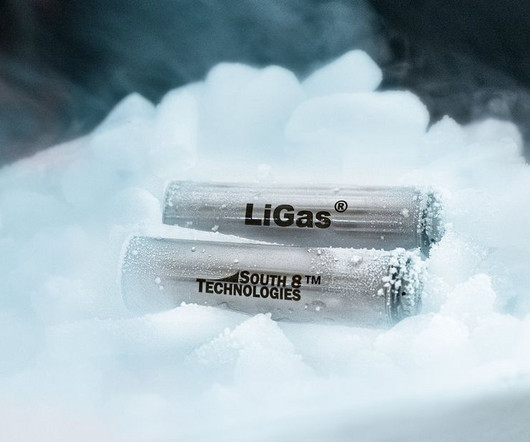
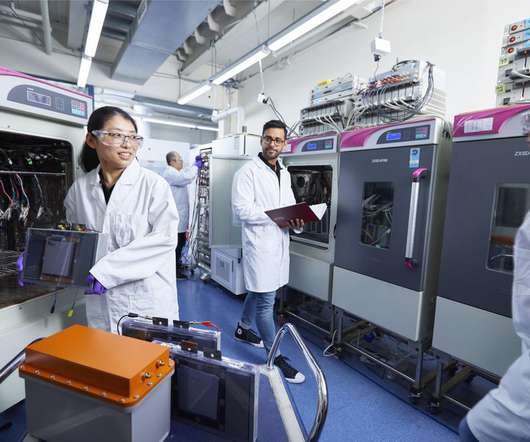










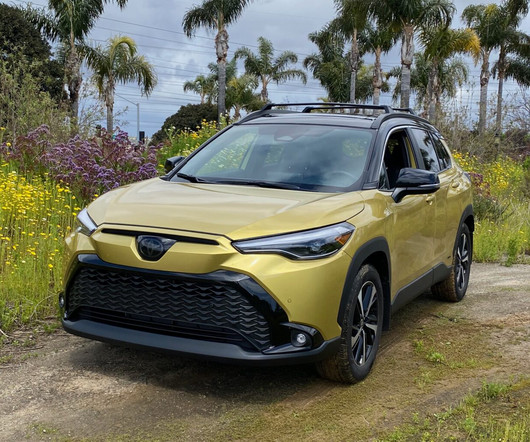


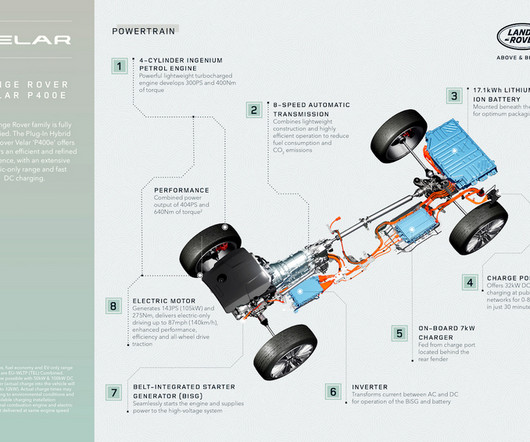

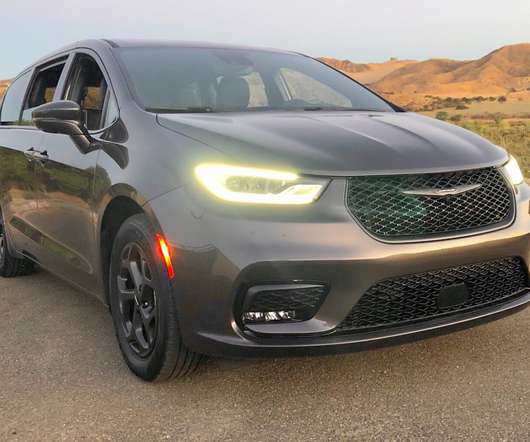

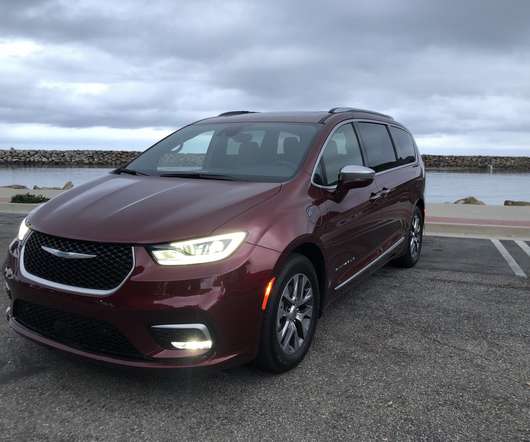
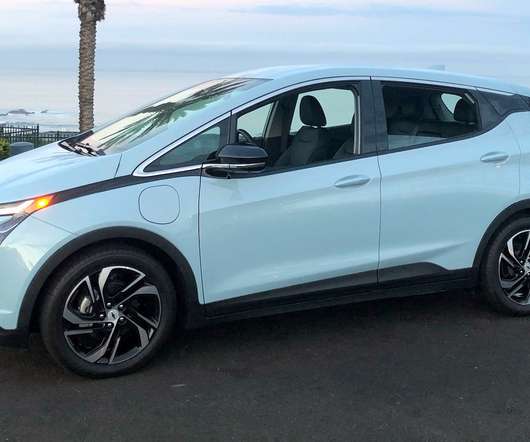


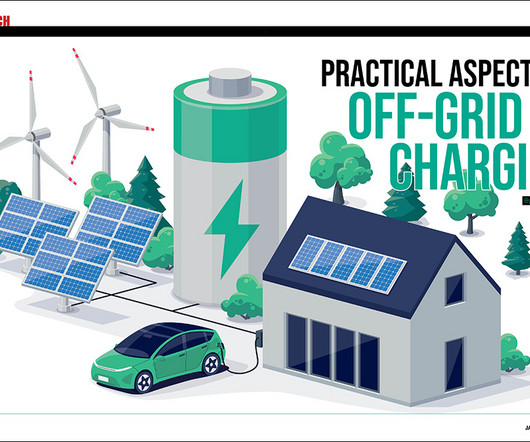

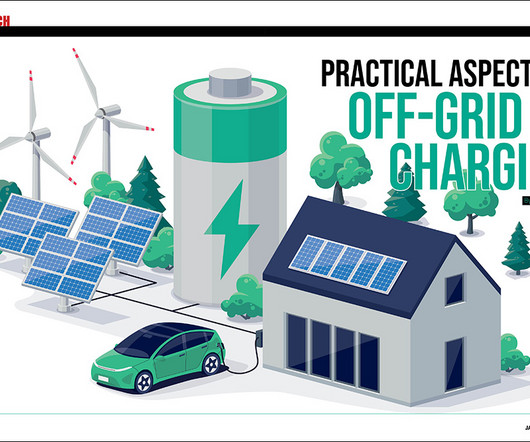


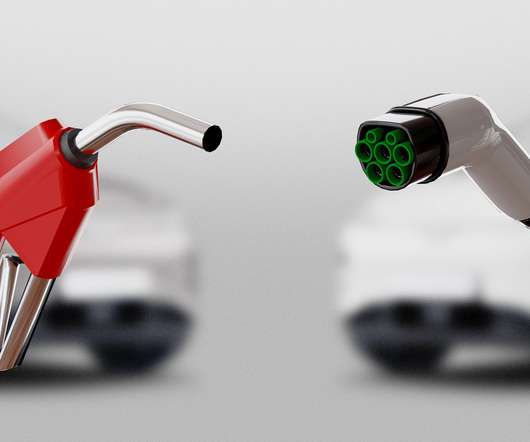
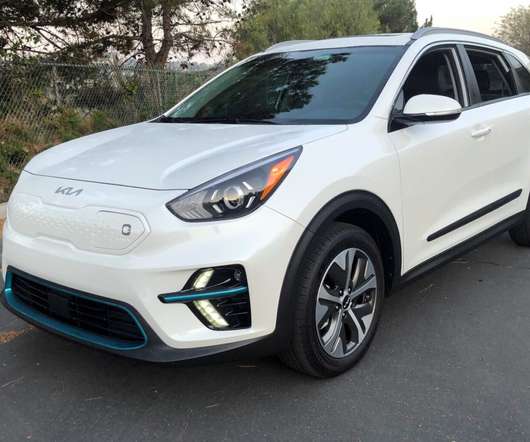

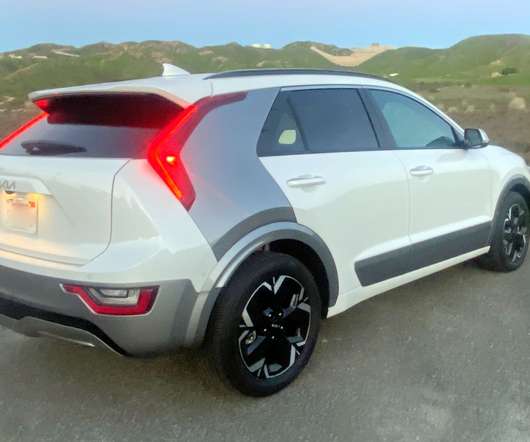









Let's personalize your content